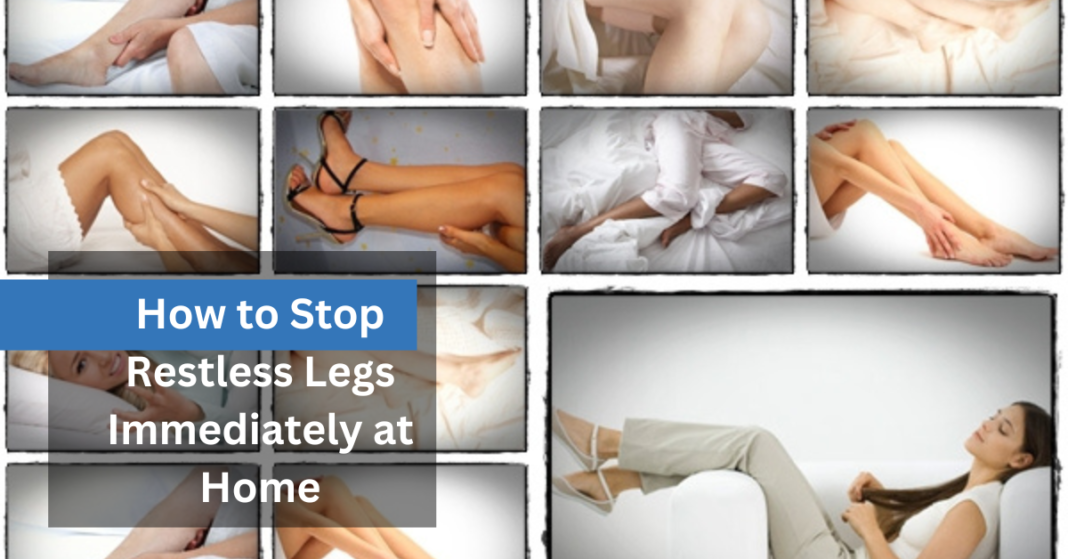Restless legs syndrome (RLS) is a condition that causes an uncontrollable urge to move your legs, usually accompanied by an uncomfortable sensation in the legs. It can be frustrating and disruptive to daily life. Here are some ways to stop restless legs:
- Identify triggers: Keep track of when your RLS symptoms occur and if there are any triggers that might be causing them. Triggers can include caffeine, alcohol, certain medications, and lack of sleep. Once you identify your triggers, try to avoid them or limit your exposure to them.
- Practice good sleep hygiene: Getting enough sleep is essential for managing RLS symptoms. Establish a regular sleep routine and stick to it. Create a sleep-conducive environment by making sure your bedroom is cool, dark, and quiet. Avoid caffeine and alcohol before bedtime, and consider taking a warm bath or practicing relaxation techniques before sleep.
- Exercise regularly: Regular exercise can help improve RLS symptoms by reducing stress and promoting better sleep. Choose activities that are low-impact and don’t aggravate your symptoms, such as walking, swimming, or cycling.
- Massage and stretch: Massaging your legs and doing gentle stretches can help ease RLS symptoms. Try using a foam roller or massage ball to apply pressure to your legs, or use a resistance band to stretch your leg muscles.
- Apply heat or cold: Applying heat or cold to your legs can provide temporary relief from RLS symptoms. Try soaking your legs in a warm bath or applying a warm compress to your legs. Alternatively, you can apply a cold pack or wrap ice in a towel and apply it to your legs.
- Medication: In some cases, medication may be necessary to manage RLS symptoms. Talk to your doctor about prescription medications or over-the-counter remedies such as iron supplements or antihistamines.
In summary, managing RLS symptoms requires a combination of lifestyle changes and, in some cases, medication. By identifying triggers, practicing good sleep hygiene, exercising regularly, massaging and stretching, and applying heat or cold, you can reduce the discomfort and disruption caused by restless legs. If your symptoms persist, consult your doctor for further evaluation and treatment options.






























